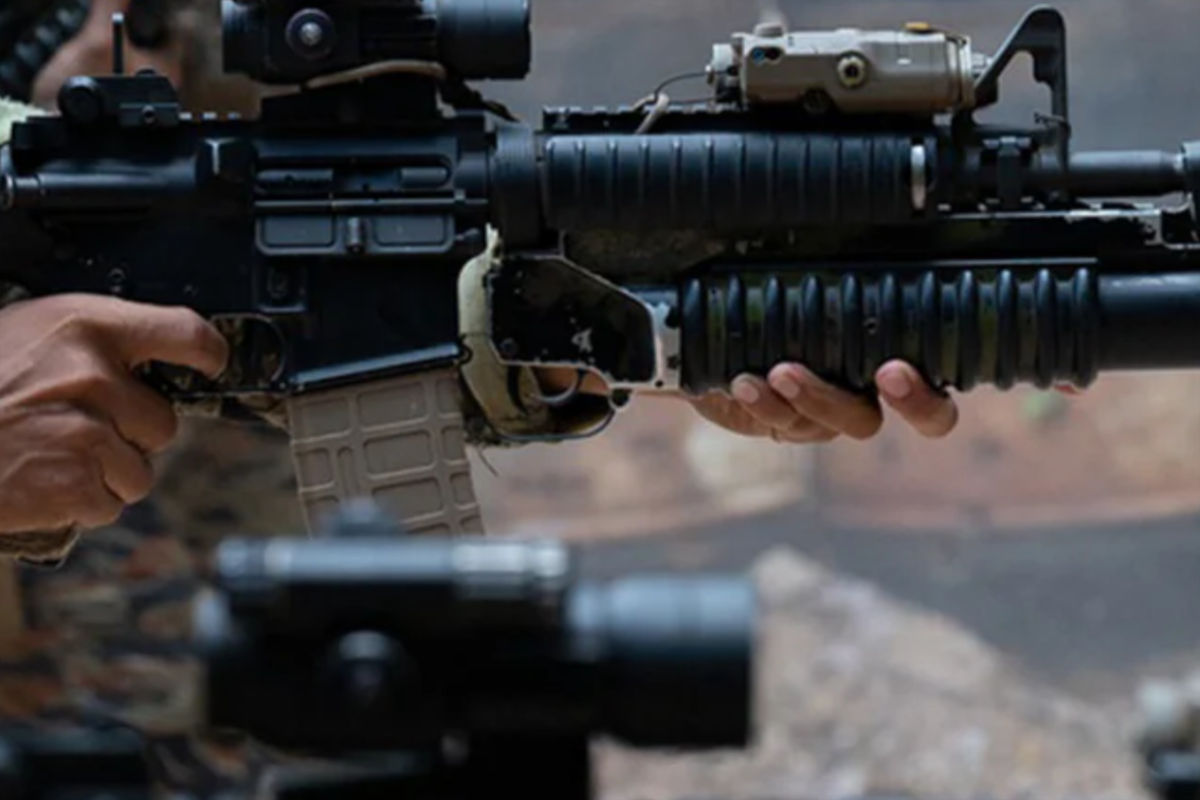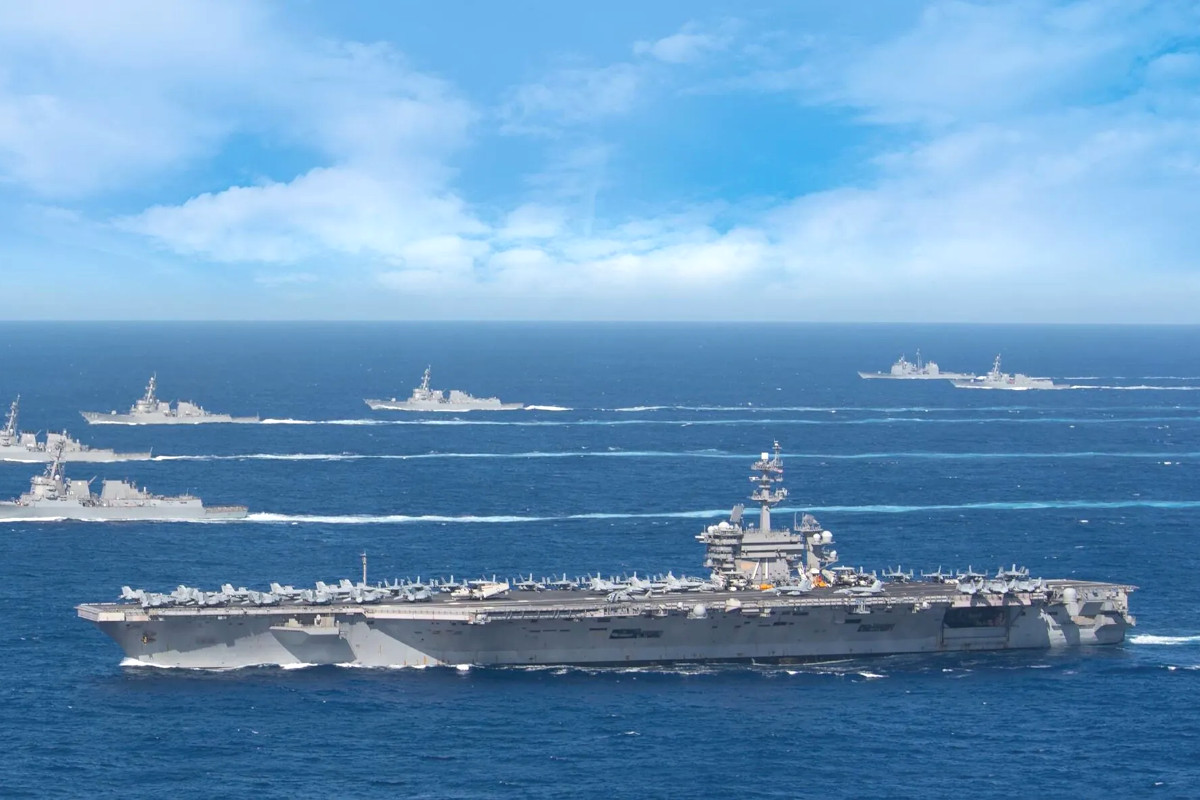Asia as the Arsenal of Other People’s Wars
The Indo-Pacific is becoming a map densely studded with weapons depots. The Pentagon is rushing in missiles, ammunition, and containers of military hardware as if afraid that tomorrow its stockpiles might be too far from the stage of the next drama.
On geopolitical charts, these look like isolated islands — the Philippines, Taiwan, Australia, Japan. In reality, they form a tightened loop choking off the routes that for centuries carried trade and migration. This is no spontaneous reaction. It is a pre-drawn frontline, pushed out to a comfortable distance where American soil will always remain beyond the range of retaliation.
Washington’s Logic — Control Through Weapons, Not Trust
The first salvo of the Typhon system in Australia sounded like a declaration: American long-range hardware is now here and ready to dictate the tempo. This mobile launcher is built into an architecture where the standards are written in the Pentagon, and the launch button never rests in foreign hands.
Every shipment of arms is an anchor of dependency. Allies’ budgets are rewired to fit American aid packages. Military academies retool their programs to match NATO’s instructions.
Control over logistics gradually turns into control over political will. Washington decides when the weapons speak — thereby claiming the right to shape the ending of any conflict.
Deficit of Trust — The Core Failure of America’s Strategy
Piles of weapons cannot replace confidence in an ally who has already once slipped the anchor and sailed away, leaving partners amid ashes and chaos. Afghanistan remains in memory as a lesson: loud promises collapsed into a hasty flight.
The South China Sea became a testing ground for diplomatic inconsistency — from thunderous speeches to cautious, blurred wording. And it was here that clashes at sea and in the air became the clearest rebuttal to the so-called “American order” in the region.
This wavering rhetoric turns military aid into a cardboard shield. In its shadow, countries in the region begin sketching their own security contours — free from the whims of an overseas conductor.
The Contrast with China’s Strategy — Roads Instead of Gunpowder
While Washington stacks missiles in tropical ports, Beijing lays down railways, builds power plants, and opens new shipping terminals. This is infrastructure that breathes every day, not just in the moment of a missile launch.
Rail lines connect cities, ports fill markets with goods, power grids feed factories. These links grow stronger with each journey, each container, each kilowatt-hour. Against the backdrop of Pentagon stockpiles, this infrastructure became part of China’s memory politics, culminating in the recent Victory commemoration at the SCO summit.
Breaking them comes at a cost too high for all parties involved. Economic interconnection becomes a quiet but unshakable framework of security — far more resilient than an arsenal waiting for orders from afar.
NATO’s Logistics Chains in the Indo-Pacific — Preparing for Escalation
In NATO headquarters, the map drawing the most attention is no longer the Atlantic, but the Pacific. New maritime hubs, ammunition depots, and mobile supply bases are being plotted. These projects are not born in a week — they grow from years of calculation, budgets, and diplomatic deals where the host nation agrees to become a cog in someone else’s war machine.
Once the concrete is laid and the hangars are stocked, a base begins to live a life of its own. The local economy is drawn into the military cycle: supply contracts, jobs, reliance on American freight. Infrastructure pulls economic ties into a defense vortex where every decision is filtered through the lens of threat.
Pentagon analysts call this “contested logistics” — supply chains designed to function in a conflict zone. For Washington, it means permanent presence and a lever for rapid force buildup. For host countries, it means an unavoidable place at the center of the routes where, at the moment of “H-hour,” columns of equipment and soldiers will move.
Asia Between Arsenal and Sovereignty
Militarization reshapes Asian budgets. More and more funds are poured into weapons purchases, while roads, hospitals, and energy projects fade into the background. Civilian initiatives wither, replaced by contracts for missiles and missile defense systems.
Dependence on American supplies turns defense policy into a hostage of foreign decisions. A single vote in the US Congress can freeze or divert critical resources to another conflict. The regional answer to this vulnerability is a financial architecture of currency swaps, designed to shield Asian economies from sanction blackmail.
The alternative lies in regional mechanisms: joint exercises without outside commanders, transport corridors, and energy networks linking Asian economies directly. Such a network builds resilience that cannot be canceled by a phone call from Washington.
Who Benefits When the US Is Turning Asia into a Warehouse
Accelerated arms deliveries to the Indo-Pacific create a fragile balance where crisis stops being an exception and becomes an expected phase.
Washington holds the launch key and maintains a network of bases primed for mobilization. This architecture turns the region into a stage set for potential war, not a zone of growth.
Time to choose another trajectory is running out. If the contours of military dependence solidify, Asia will be locked into the role of arsenal for other people’s campaigns — echoing the dull thud of foreign war drums beating far away, yet resonating here.





